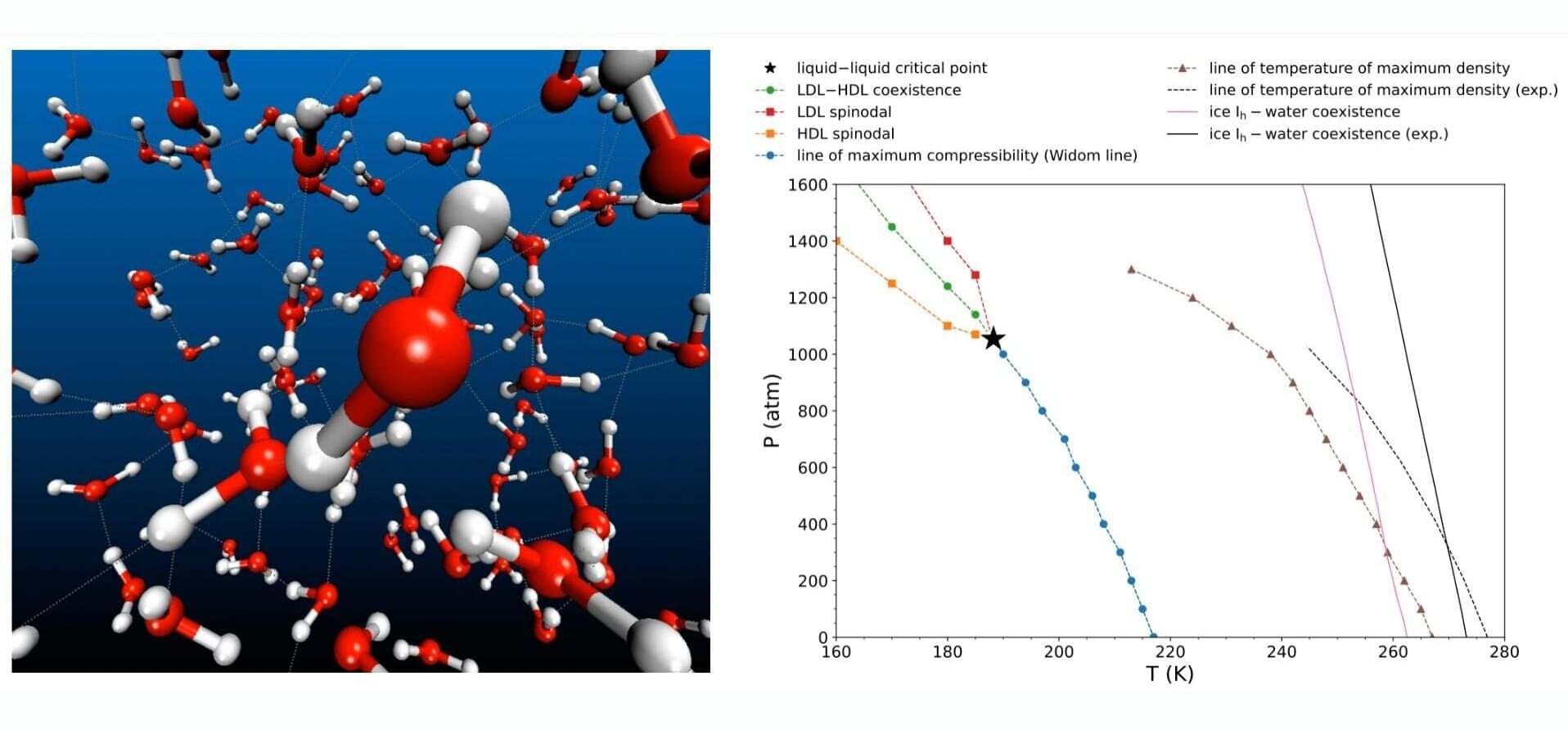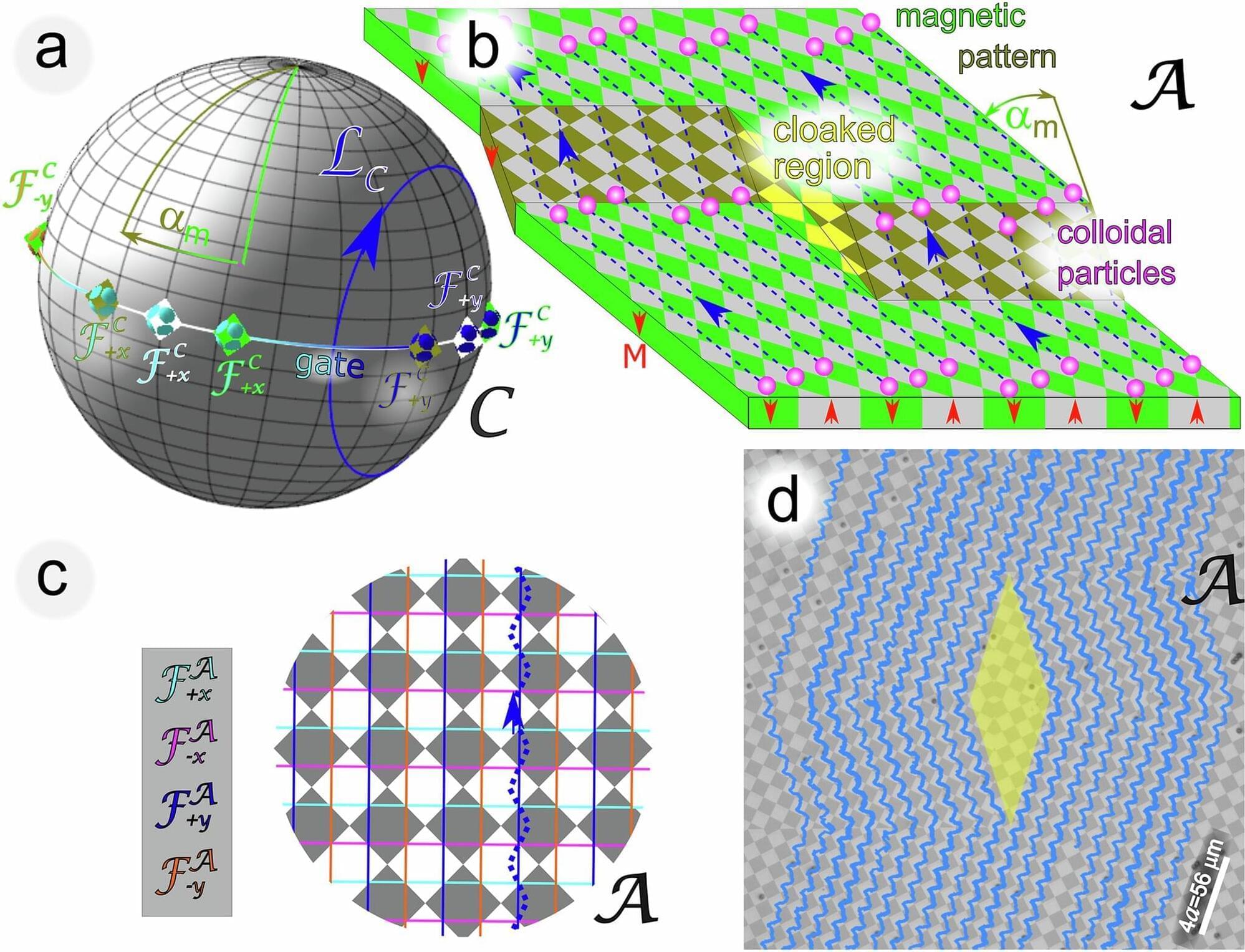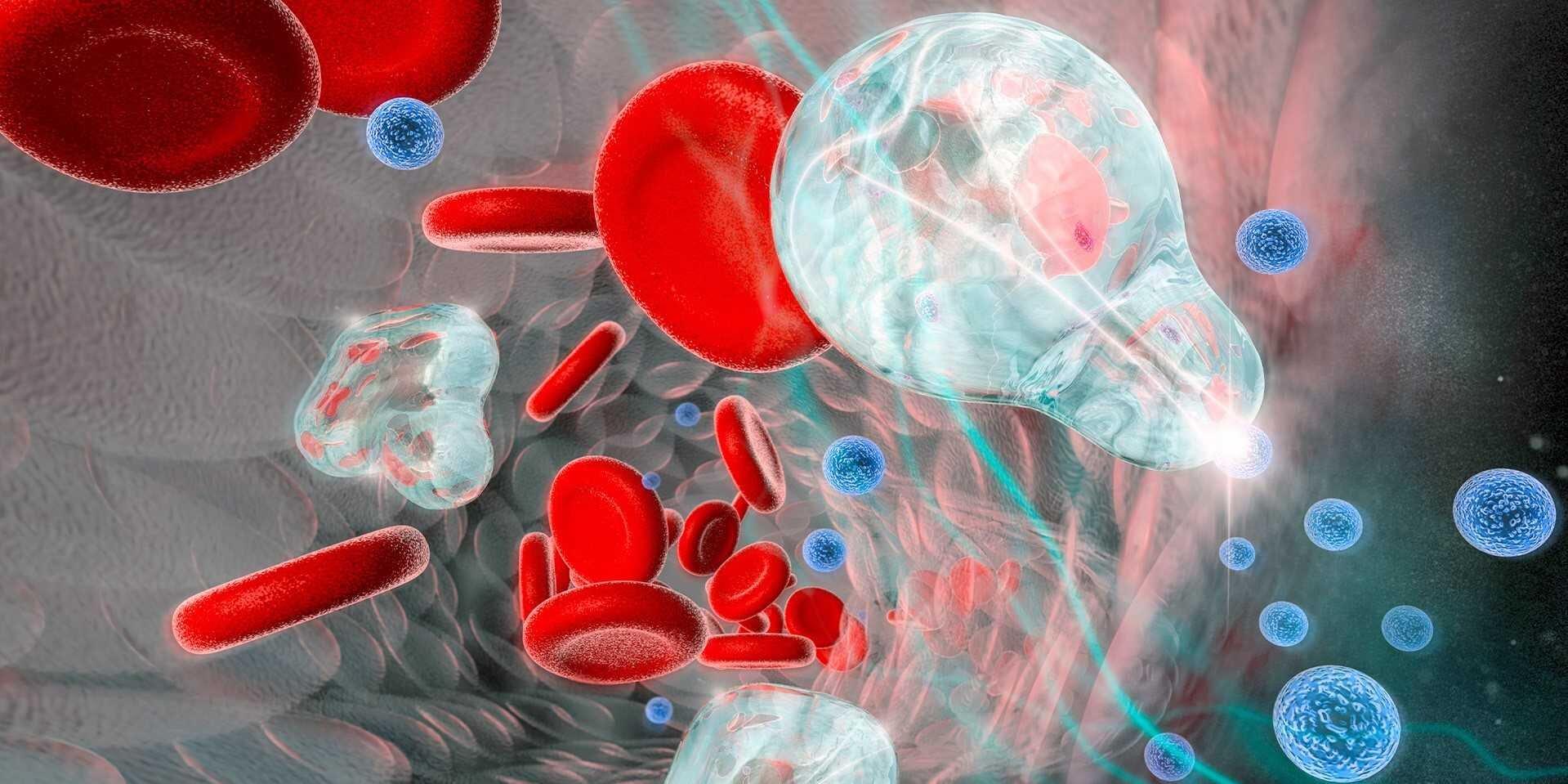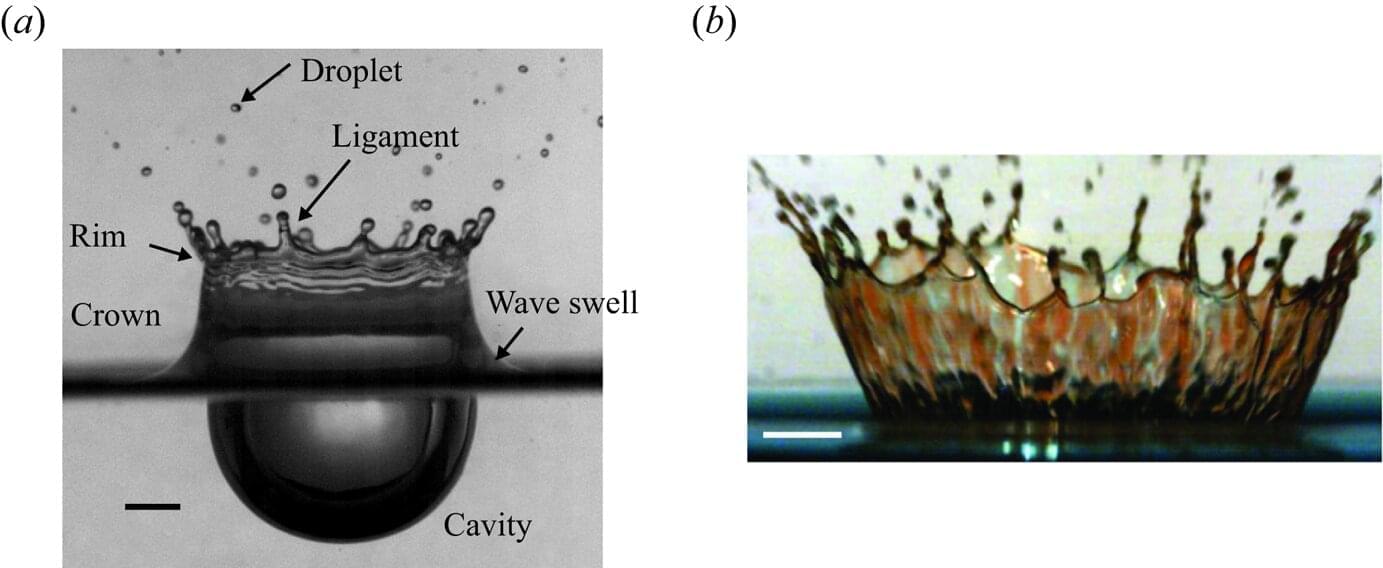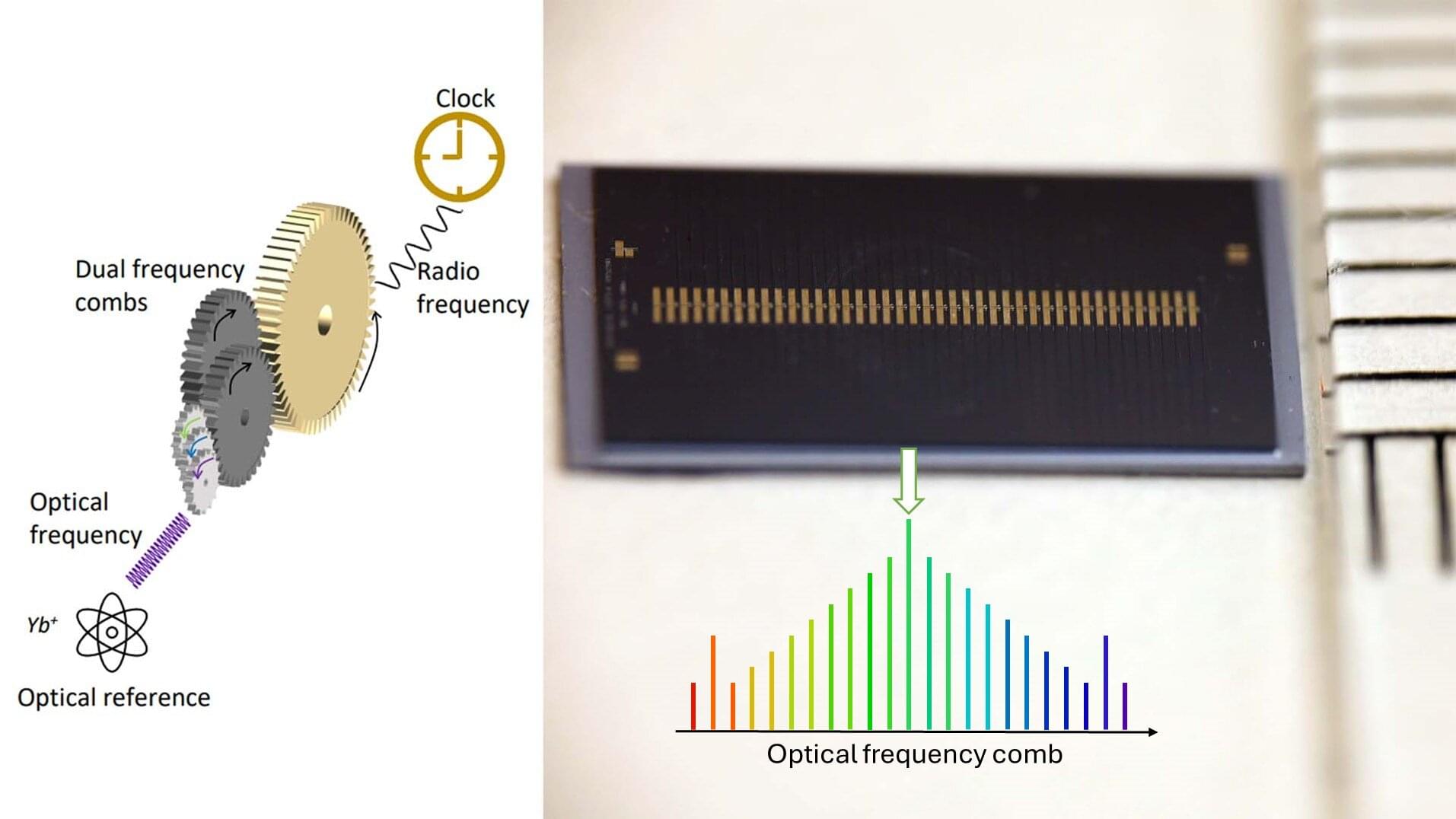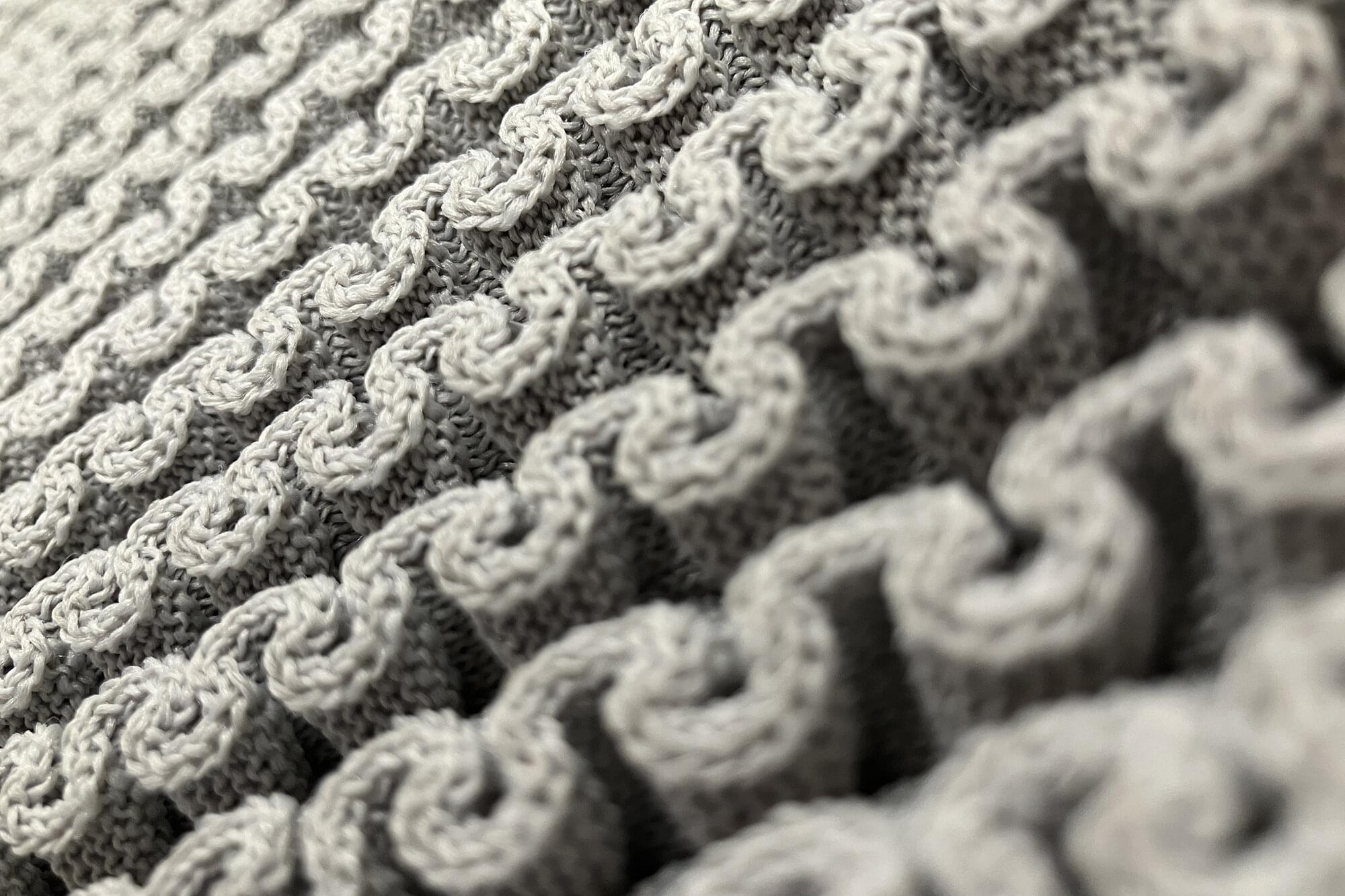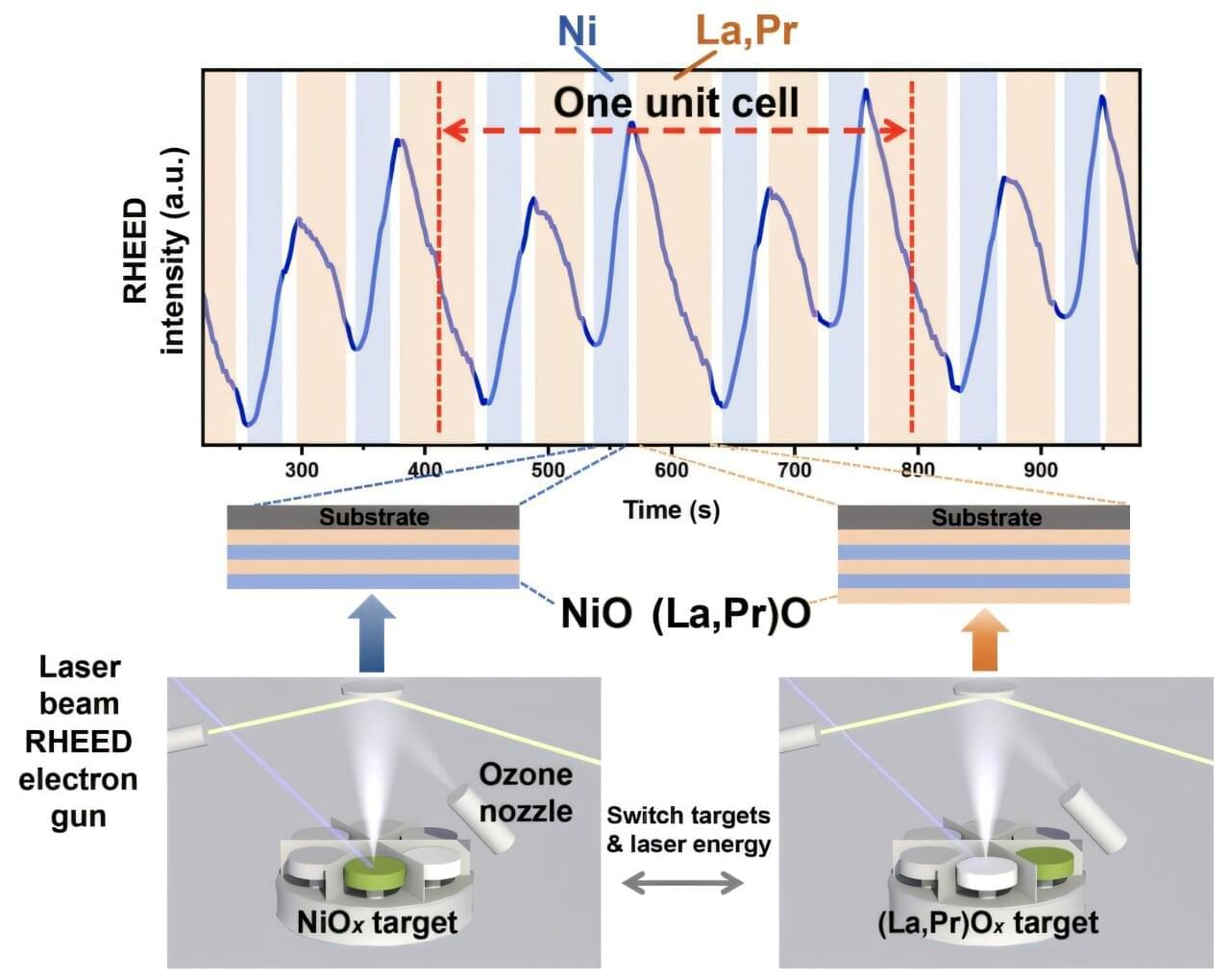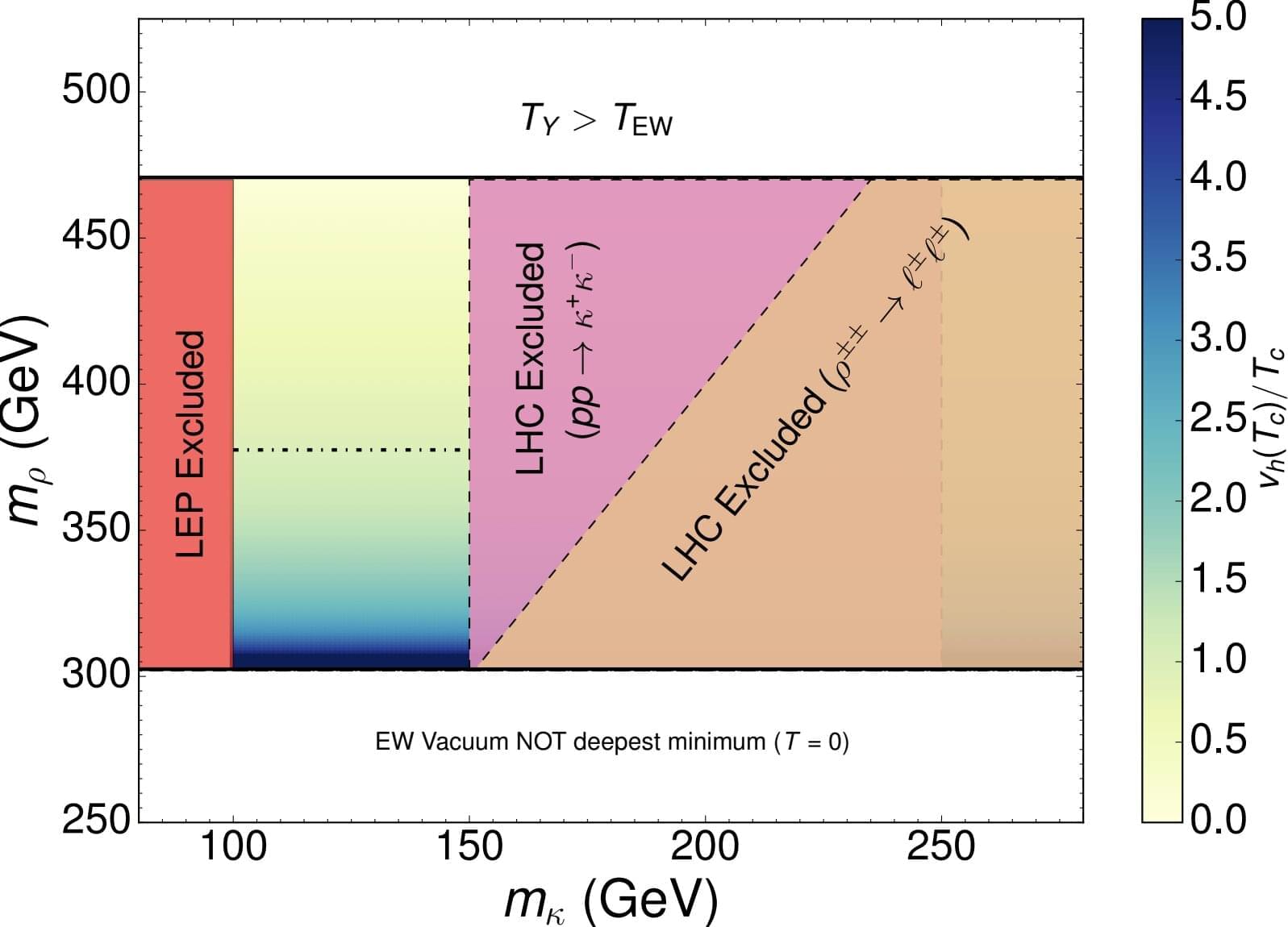Huntington’s disease is a neurodegenerative disorder that is usually fatal about 15 to 20 years after a patient is diagnosed. It is known to be caused by an aberrant repetitive sequence (CAG) in the huntingtin gene. Unaffected people carry fewer than 35 of these CAG repeats, while Huntington’s patients have more than 40 CAG repeats, which get longer, or expand over their lifetime. Scientists have now revealed that a specific subset of genes related to the repair of mismatched DNA, may have a key role in Huntington’s disease. The neurons that are impaired in Huntington’s are particularly susceptible to this mismatch damage that is not fixed. The findings have been reported in Cell.
In this work, the researchers used a mouse model of Huntington’s disease to study the impact of several genes on the disorder, including six genes related to DNA mismatch repair. In mice that were engineered to lack the mismatch repair genes Msh3 and Pms1, many of the symptoms of Huntington’s that these mice mimic were rescued. Some of the molecular and cellular pathology of Huntingon’s disease (HD) was no longer observed in the brains of these animals, and there were improvements in gait and movement.


